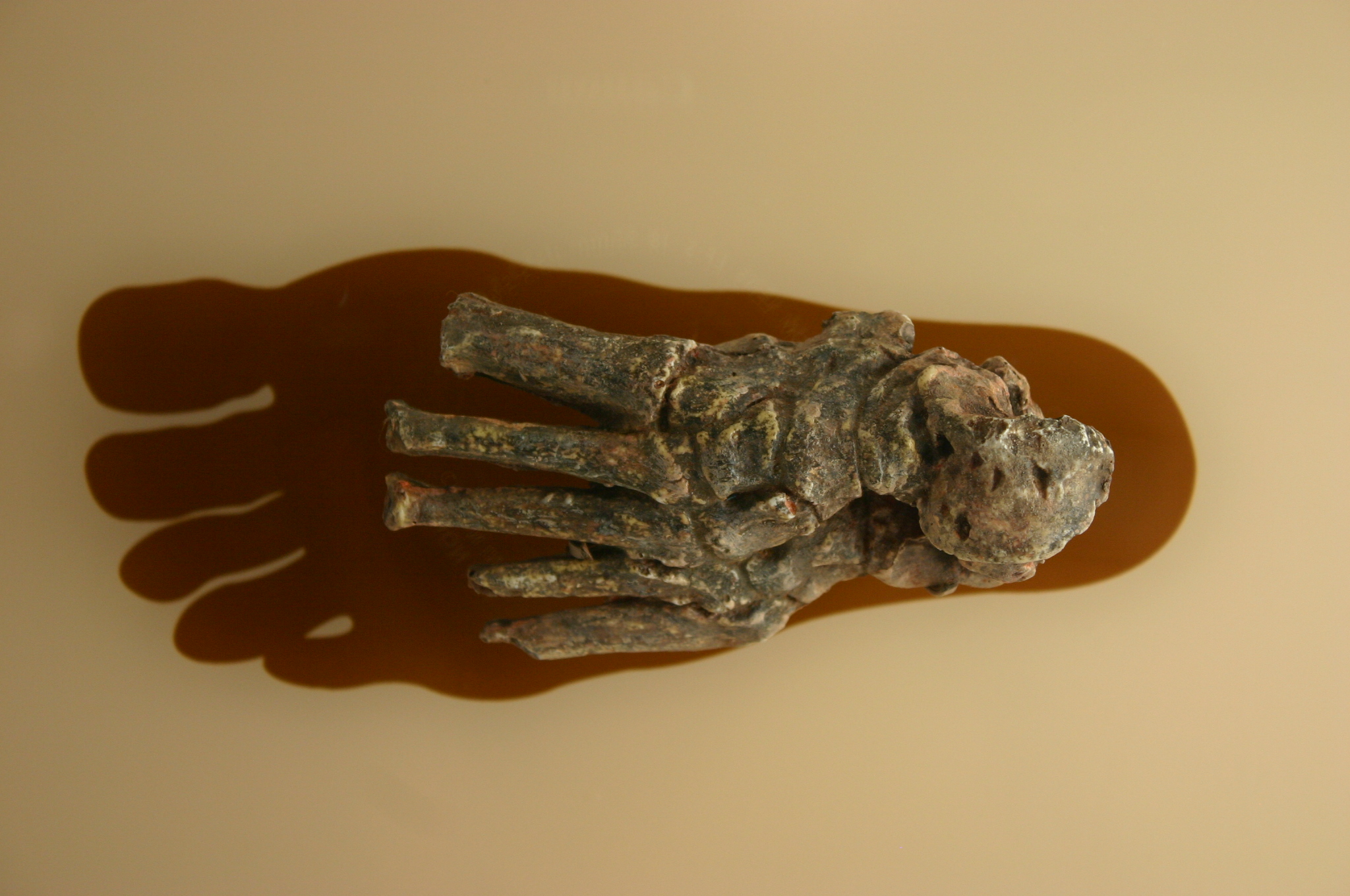When you’re tucked away in the safety of your home tonight, spare a thought for these two ancient human relatives whose lives in East Africa ended around 1.8 million years ago in a deeply undignified fashion: mauled to pieces by a crocodile and, somehow, chewed over by a leopard-like carnivore.
The pair belonged to the species Homo habilis, an extinct hominin that’s one of the earliest representatives of the same genus as our species, Homo. They first appeared in East Africa around 2.4 million years ago and fell into extinction around 1.65 million years ago.
Their specific name, H. habilis, means something along the lines of “able, handy, mentally skillful, vigorous” in Latin. They’re a significant species in the human family tree because there’s evidence they were proficient toolmakers, a trait that suggests they had a relatively high level of cognition and social complexity, despite being very, very old.
OH 7 (Olduvai Hominid) was one of the first members of the species identified by archaeologists back in the 1960s after they discovered the skull, hand, and foot bones of a juvenile hominin amid the Olduvai Gorge of Tanzania.
Its identification was initially controversial, with some researchers suggesting it was another known species, Australopithecus africanus, but it was eventually settled that the bones represented a newly described hominin.
In the same Olduvai region, several other H. habilis fossils were discovered, including two notable specimens, OH 8 and OH 35. The fossilized remains of this pair reveal that they met a particularly gruesome end.

Reconstruction of Homo habilis foot bones with crocodile bite marks at the Smithsonian National Museum of Natural History.
As reported in the Journal of Human Evolution in 2012, the foot of OH 8 and the leg of OH 35 suggest their limbs were ripped off by a medium-sized crocodile. As if that wasn’t bad enough, the remains of OH 35 have marks that are consistent with the bite of a leopard.
There’s some debate around whether the remains of OH 8 and OH 7 actually belong to the same individual. If that’s true, it would appear this individual suffered a similarly gnarly fate, since the jawbone of OH7 bears the bite marks of a leopard as well as the damage from the croc.
“If OH 8 and OH 7 are the same individual, this juvenile was consumed by both a leopard-like carnivore and a crocodile. OH 35 also shows clear evidence of consumption by both carnivores,” the 2012 study concluded.
Of course, we can never truly picture how this murder scene unfolded almost 2 million years ago. It’s unlikely they all perished in a crocodile-leopard double team attack on the same fateful day. Instead, they perhaps died separately, maybe as a result of an animal attack, and then their bodies were scavenged by another predator.
Nevertheless, their story is a stark reminder that ancient hominins lived at the mercy of nature’s most formidable forces. Like us, they struggled to overcome these challenges, but we must not forget that we were, and still are, products of the natural world with all its raw and brutal realities.
Source Link: 1.8 Million Years Ago, Two Extinct Humans Had One Of The Gnarliest Deaths In History